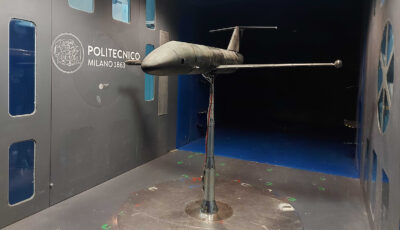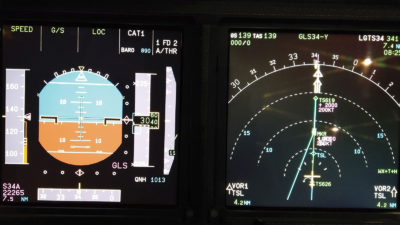A year of growth for large constellations and commercial spaceflight
By Andrew Woodcock|December 2023
The Space Systems Technical Committee fosters the development, application and operation of space systems, and addresses emerging issues in the area.
In low-Earth orbit, the development and deployment of internet constellations continued apace. In February, SpaceX launched the first batch of second-generation Starlink satellites. These V2 Minis are larger than the V1 and V1.5 satellites, which SpaceX says translates to “more bandwidth and increased reliability” for customers. SpaceX is designing a larger V2 variant that would be launched aboard the company’s planned Starship-Super Heavy launch vehicles. As of October, 508 V2 Minis were launched, and 428 were in orbit as part of the over 5,000-satellite constellation.
In October, the inaugural satellites for another constellation builder, Amazon’s Project Kuiper, were launched aboard a United Launch Alliance Atlas V. ULA is one of three launch providers that Project Kuiper has signed contracts with for a combined 80 launches of 3,236 broadband satellites. On its website, Amazon says Project Kuiper will “increase global broadband access” by bringing “fast, affordable broadband to unserved and underserved communities around the world.”
In January, the U.S. Department of Commerce’s Office of Space Commerce published a request for information regarding its efforts to begin providing space situational awareness services for civilian satellites. The RFI solicited comments from “spacecraft operators, SSA data providers (current and prospective, ground and space-based), SSA analytic and value-added service providers, academia, nonprofit entities, space insurance providers, and the legal community” on its proposed Traffic Coordination System for Space, or TraCSS. The Office of Space Commerce was charged in 2018 with taking over tracking of debris and civilian spacecraft from U.S. Space Command and is targeting 2024 to begin offering these services via TraCSS.
In July, NOAA eliminated a series of conditions on Tier 3 on commercial remote sensing satellite licenses that had previously restricted these operators from collecting imagery under certain conditions.
In April and September, a combined 20 satellites were launched for the U.S. Space Development Agency’s planned Proliferated Warfighter Space Architecture, a seven-layer network of satellites and ground stations. These initial satellites, called Tranche 0, are designed to demonstrate low-latency tactical datalinks for future services, including missile tracking.
In the realm of human spaceflight, SpaceX in May launched a second crew of tourists to the International Space Station for Axiom Space of Texas. In September, Axiom announced the crew for the third spaceflight, scheduled to be launched in January 2024 at the earliest: Axiom Chief Astronaut Michael López-Alegría, who will command the mission; Alper Gezeravci of Turkey; Italian Air Force Col. Walter Villadei; and Marcus Wandt of Sweden, who is sponsored by the European Space Agency and Swedish National Space Agency. They are to spend up to 14 days on ISS conducting research, among other activities.
Beyond low-Earth orbit, NASA continued preparations for future lunar missions under its Artemis program. In April, the agency announced the crew for the Artemis II lunar flyby: NASA astronauts Reid Wiseman, Victor Glover and Christina Hammock Koch, and Canadian Space Agency astronaut Jeremy Hansen. In May, Blue Origin was awarded a $3.4 billion fixed-price contract to provide the lander for the Artemis V lunar landing, scheduled for 2029. As part of the contract, Blue Origin must demonstrate it can land an uncrewed lander on the lunar surface before NASA will permit it to carry astronauts. In August, SpaceX test fired the engines for its lunar lander variant of its Starship design, which will ferry NASA astronauts from lunar orbit to the surface and back in the Artemis III and Artemis IV landings. Plans call for Artemis III to occur in 2025, though NASA has said that could slip to 2026, and for Artemis IV to take place in 2028.
Contributors: John Carsten and Bill Tomek



































